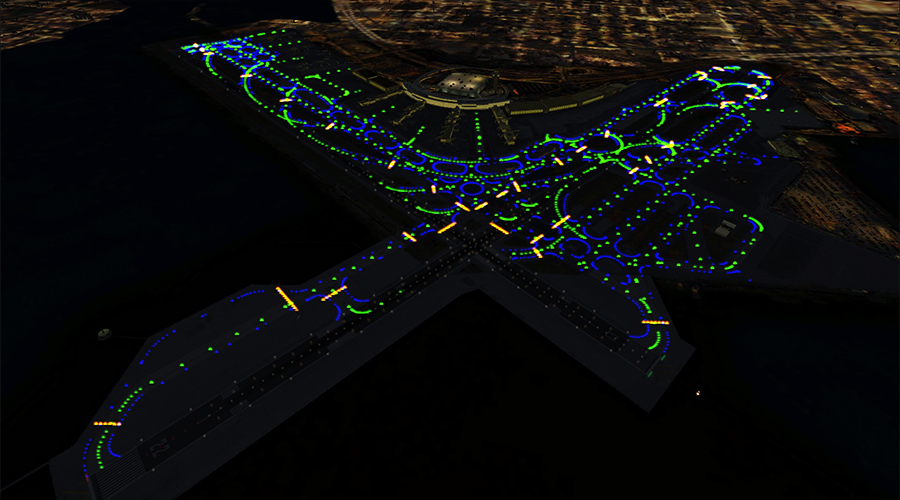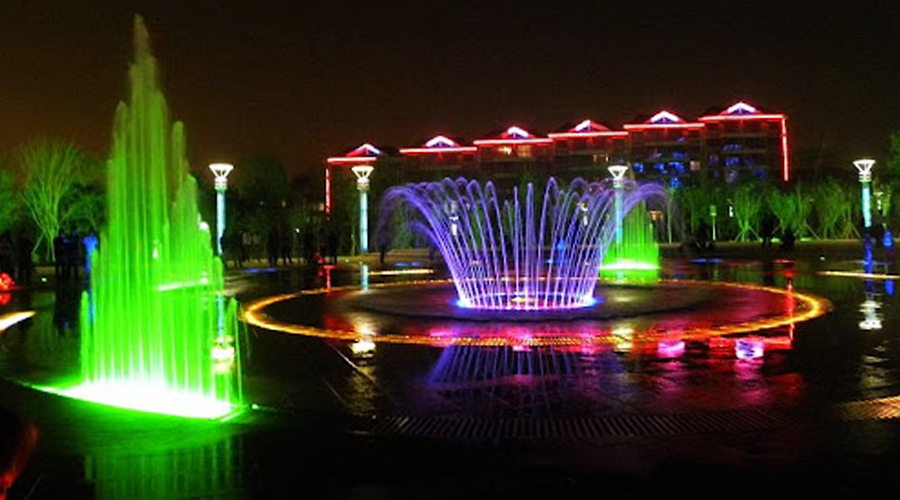
Underwater Fishing Light: Differences of Different Types
Underwater fishing light with IP68 – Different types of underwater lights correspond to different choices for deep water, shallow water,

The airport lighting systems is a key facility to ensure the safe take-off, landing and taxiing of aircraft, mainly including the following airfield ground lighting:
1) Runway lights
2) Taxiway lights
3) Approach lights
4) Other lights
5) Control system
6) Power system
7) Maintenance
Able to guide aircraft safely
In short, the airport lighting systems ensures the safe takeoff, landing and taxiing of aircraft under various conditions through complex lighting and control mechanisms.

Underwater fishing light with IP68 – Different types of underwater lights correspond to different choices for deep water, shallow water,

60W underwater lights are commonly used for yacht, dock and pond lighting. IP68 waterproof, corrosion-resistant, pressure-resistant, and highly sealed.

Fountain Lights Safety & Durability Protection Guide: Solutions to leakage, fading, short circuits let’s know items together. YFFY Lights provide

Fountain Lights Safety & Durability Protection Guide: Solutions to leakage, fading, short circuits are issues that should be paid attention

Underwater boat lights value for yacht manufacturer has been transformed from underwater lighting to commercial value. Let’s learn more about
Copyright © 2024 Shaanxi Yuefeng Feiyao Technology Co., Ltd. | Powered by YFFY Lights